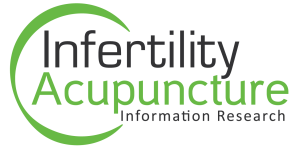Using acupuncture to treat premenstrual syndrome.
Habek D, Habek JC, Barbir A.
More than 60% of the women in both groups suffered from premenstrual syndrome (PMS or PMT) symptoms, such as
whereas a smaller number of women suffered from
- phobic disorders,
- premenstrual headaches
- migraines.
There were three women from the first group and seven women from the second group who continued the medication treatment with progestins, whereas one woman from the first group and nine women from the second group continued to take fluoxetine.
In the first group, nine women stopped having PMS symptoms after two acupuncture treatments, eight women stopped having them after three treatments and one woman stopped having them after four treatments.
In four women from the first group and 16 women from the second group, PMS symptoms appeared during the following period (cycle) or continued even after four treatments, so the medication was continued. In the first group, one woman had a smaller subcutaneous hematoma after the AP acupoint Ren 6.
There was a statistical and relevant reduction in PMS symptoms with the AP treatments in the first group (P<0.001), whereas their reduction was irrelevant in the placebo AP group (P>0.05). The success rate of AP in treating PMS symptoms was 77.8%, whereas it was 5.9%. in the placebo group. The positive influence of AP in treating PMS symptoms can be ascribed to its effects on the serotoninergic and opioidergic neurotransmission that modulates various psychosomatic functions. The initial positive results of PMS symptoms with a holistic approach are encouraging and AP should be suggested to the patients as a method of treatment.
